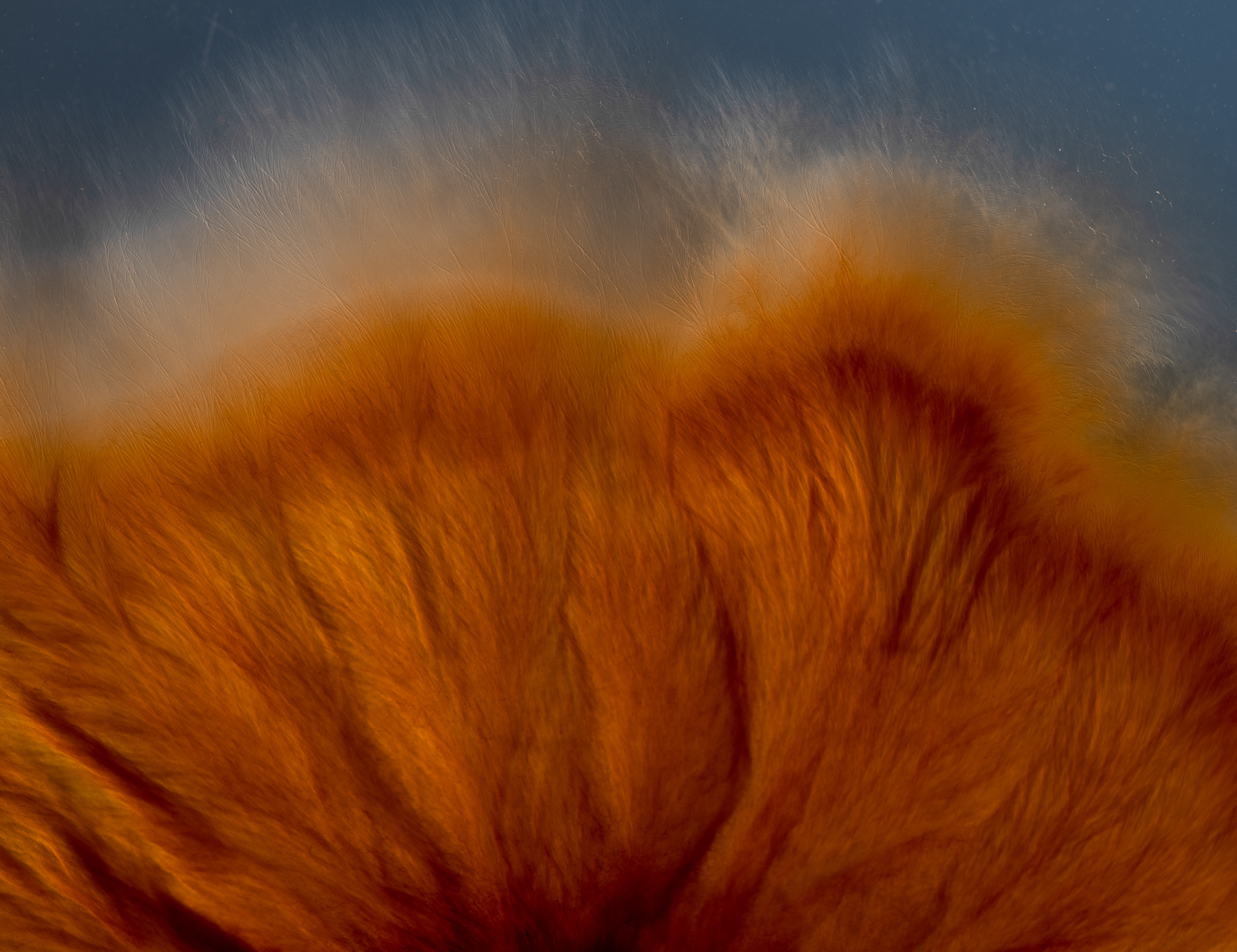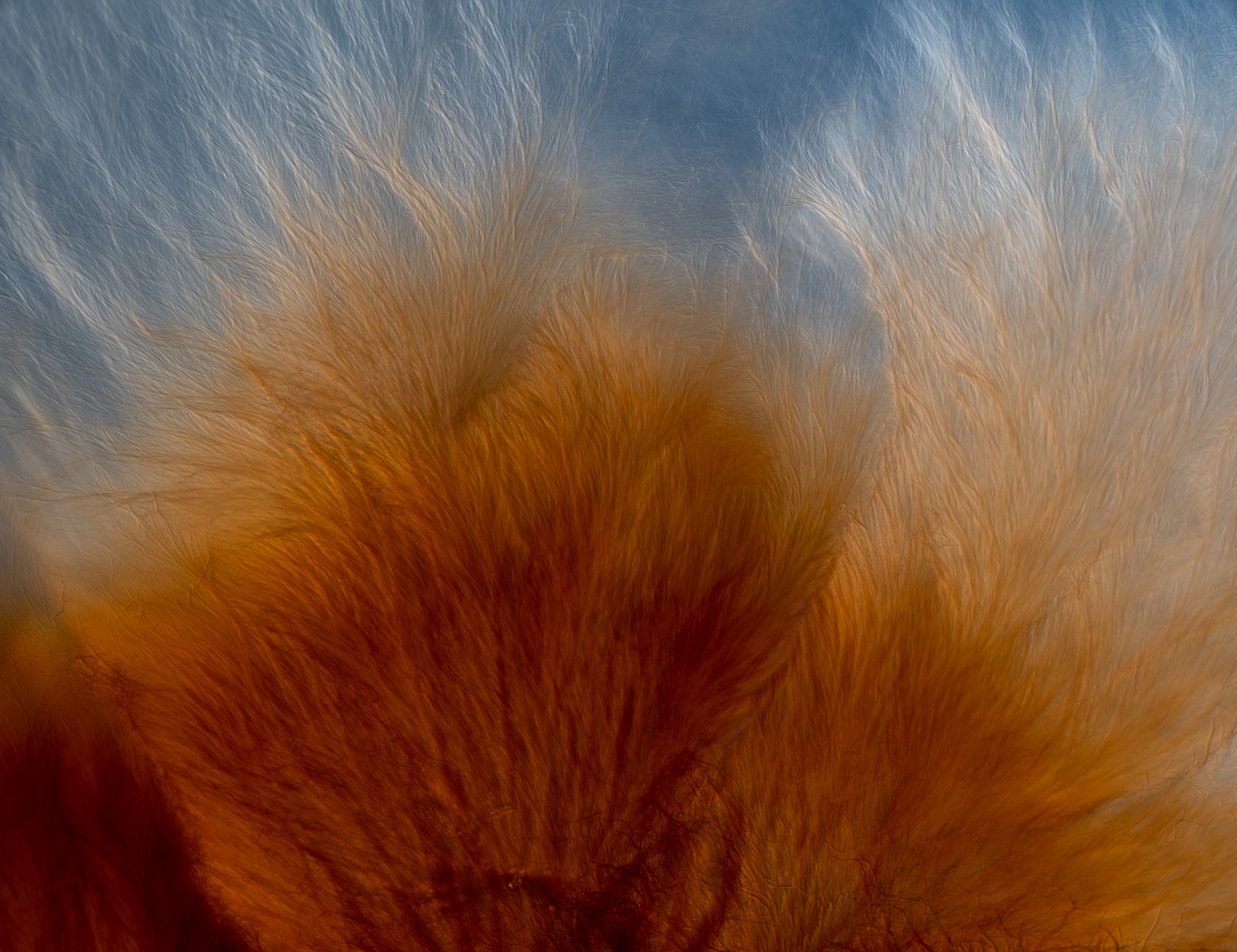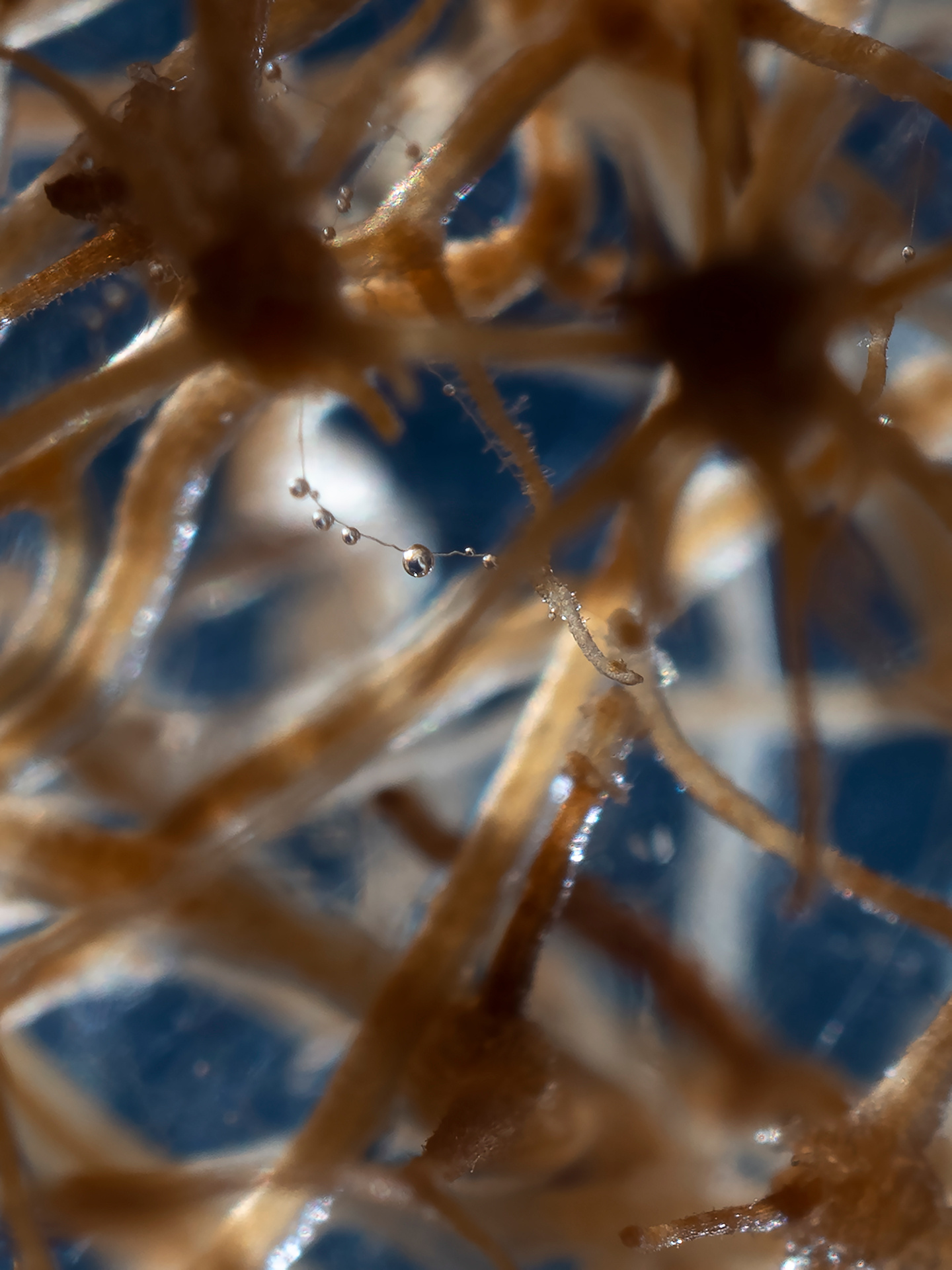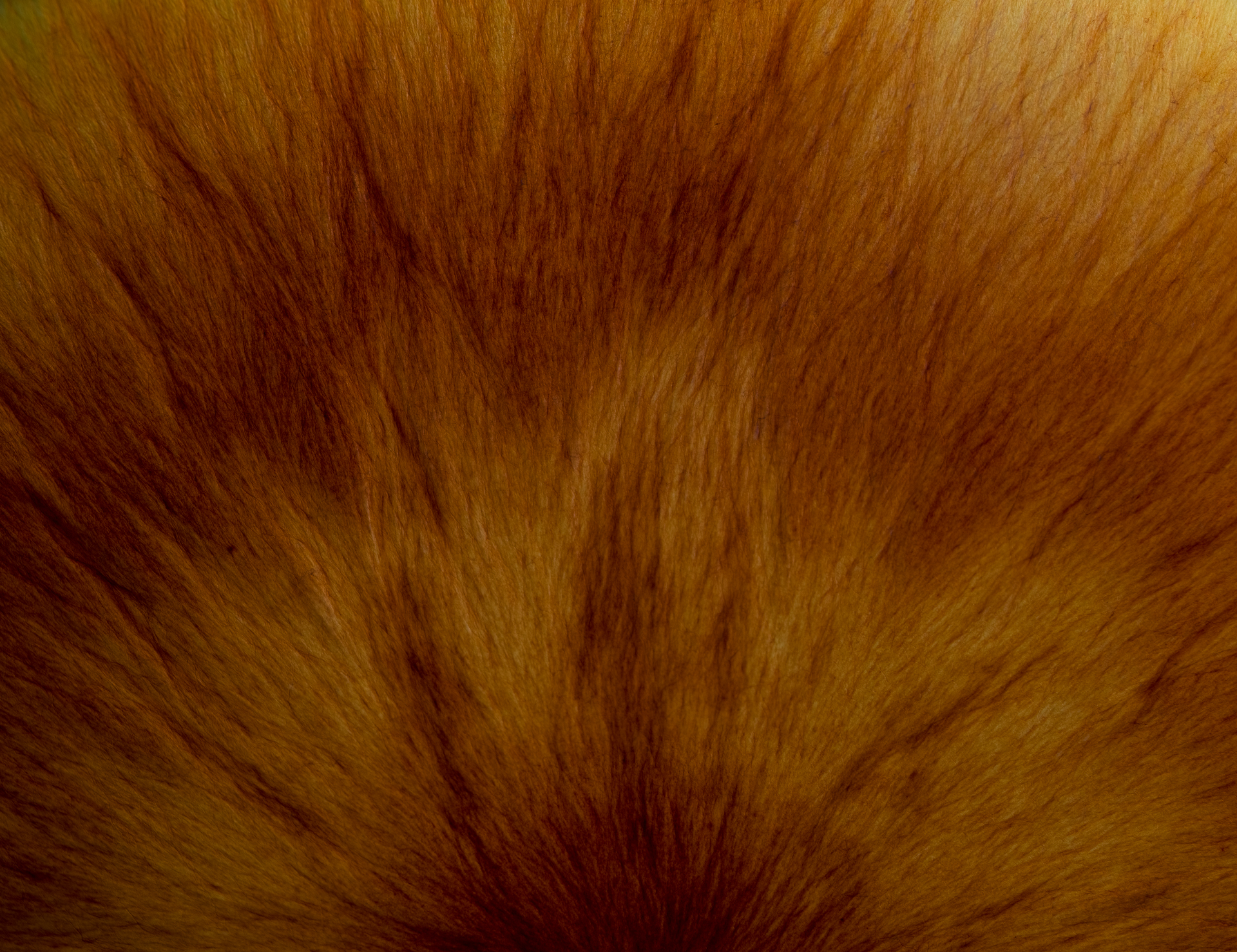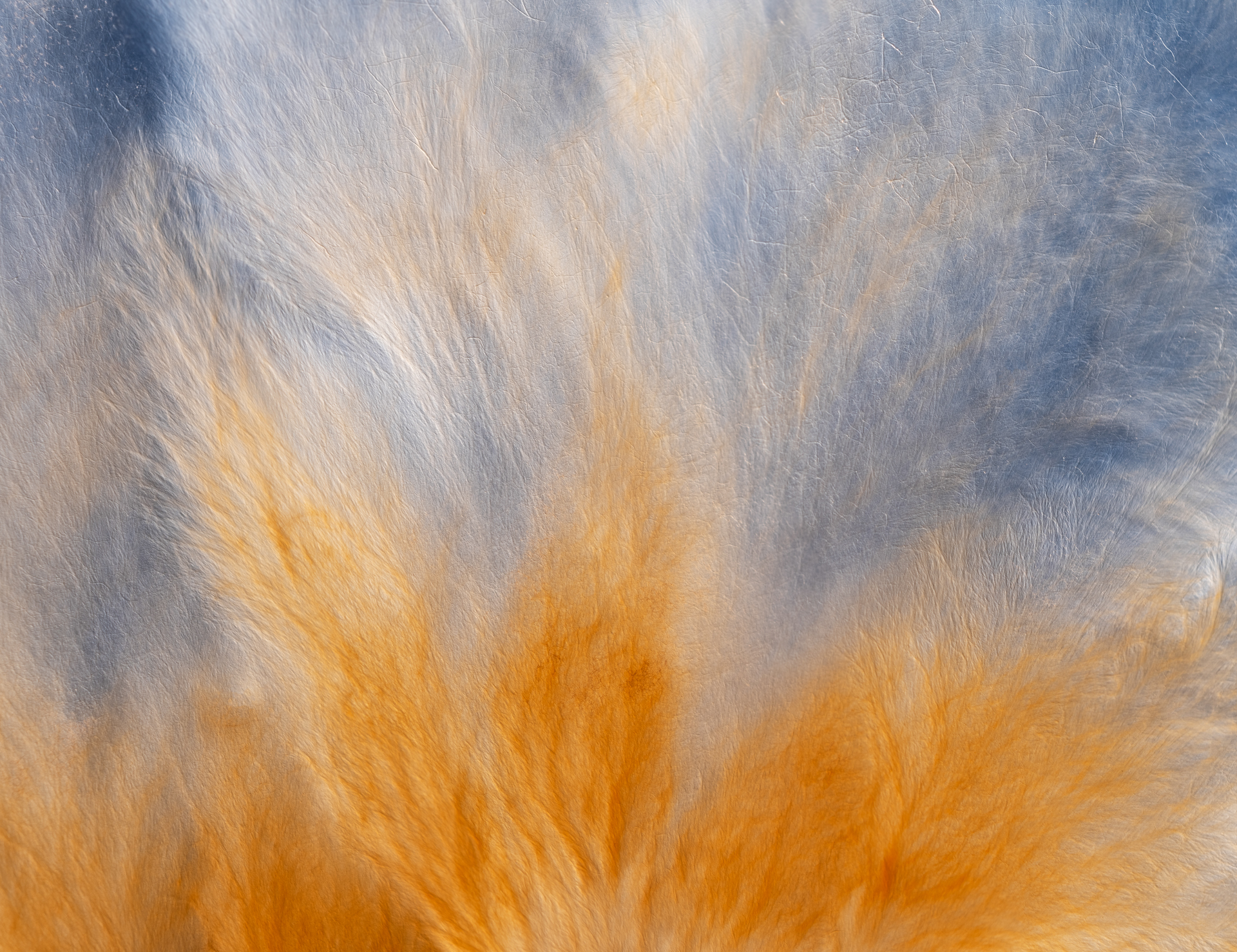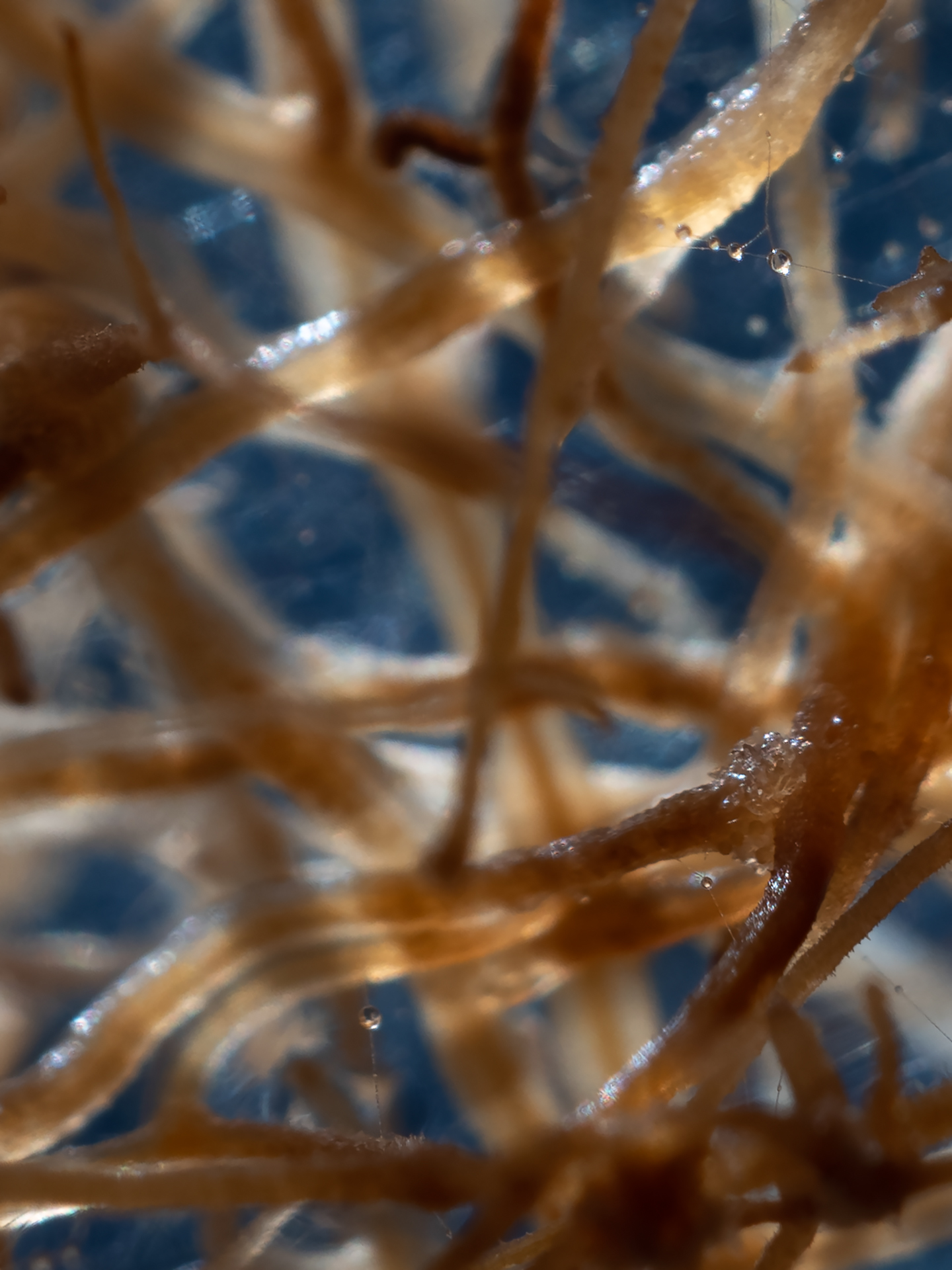
Music from a compostable cello, photographs and scents of fungi and a weaved tapestry. With her upcoming multimedia project Super Organism, visual artist Suzette Bousema enables people to experience the below-ground fungal network with all their senses. Environmental scientist Nadia Soudzilovskaia and her team at the Institute of Environmental Sciences (CML) helped to provide material and scientific background information.
'By creating images, sounds and even a scent, I try to make the hidden fungal network more tangible,' Bousema says. 'Despite its size and importance to humanity, most people are unfamiliar with it. It cannot be felt, seen or heard. I wanted to change that. I also want the information my artworks provides to be scientifically correct. That's why I contacted Nadia.'
'I daily work with these fungi, but I never realised how beautiful they actually are', Soudzilovskaia adds. 'Suzette taught me how to think out of our scientific box. Considering the smell or even sound of fungi, I'd never thought of that.'
Super Organism - Suzette Bousema
This video can not be shown because you did not accept cookies.
You can leave our website to view this video. Accept cookies
Video of Bousma's project that was shown at the global symposium on Soil Biodiversity (see last paragraph).
Empathy for the 'brain' of the forest
It is often simplified as the 'internet' or the 'brain' of the forest: the below-ground fungal network. The network (or: mycelium) connects almost all plants and plays a crucial role in ecosystems through storing carbon and improving the access of plants to nutrients, minerals and water This ancient symbiosis is called mycorrhizae.
The fungal network is also the largest living system that ever existed on Earth. 'Human activity such as the use of fertilisers and deforestation, however threaten the network,' explains Bousema. 'With my project, I hope to connect us to this hidden network and to stimulate empathy, so we will take better care of it.'

Providing scientific background is a serious job
Soudzilovskaia is an expert on mycorrhizal fungi. She provided Bousema with the needed background information. A serious job, she found: 'I tried to be as precise as possible. I would be very ashamed if one of the artworks ended up being scientifically incorrect!'
In her lab, Soudzilovskaia and PhD candidates grow fungi to study. Bousema: 'There, I was able to photograph what normally stays hidden in the forest floor. Next to photographs, I also made an animation that shows roots with fungal threads growing in between' (see video above). Bousema also collaborates with perfume designer Merle Bergers to create a scent representing the fungal network, which will be used as an ambient smell in exhibitions.
Furthermore, Bousema created a weaved tapestry that allows people to 'touch' the fungi. 'The music in the video above is played with a 3D printed cello designed by my colleague Rafaele Andrade. Together we are experimenting to create a compostable version of the cello, so we can give it back to the fungal network in the end.'
Some of the images that Bousema created with the fungi from Soudzilovskaia's lab. Credits: Suzette Bousema
An artistic intermezzo at a global symposium
Bousema presented her project at the global symposium on Soil Biodiversity from the Food and Agriculture Organisation of the United Nations (FAO). Soudzilovskaia: 'The conference aimed at helping scientists and policymakers to meet each other.' Bousema: 'I am very excited to have showed all these scientists and policy makers my artistic view on soil biodiversity!'

